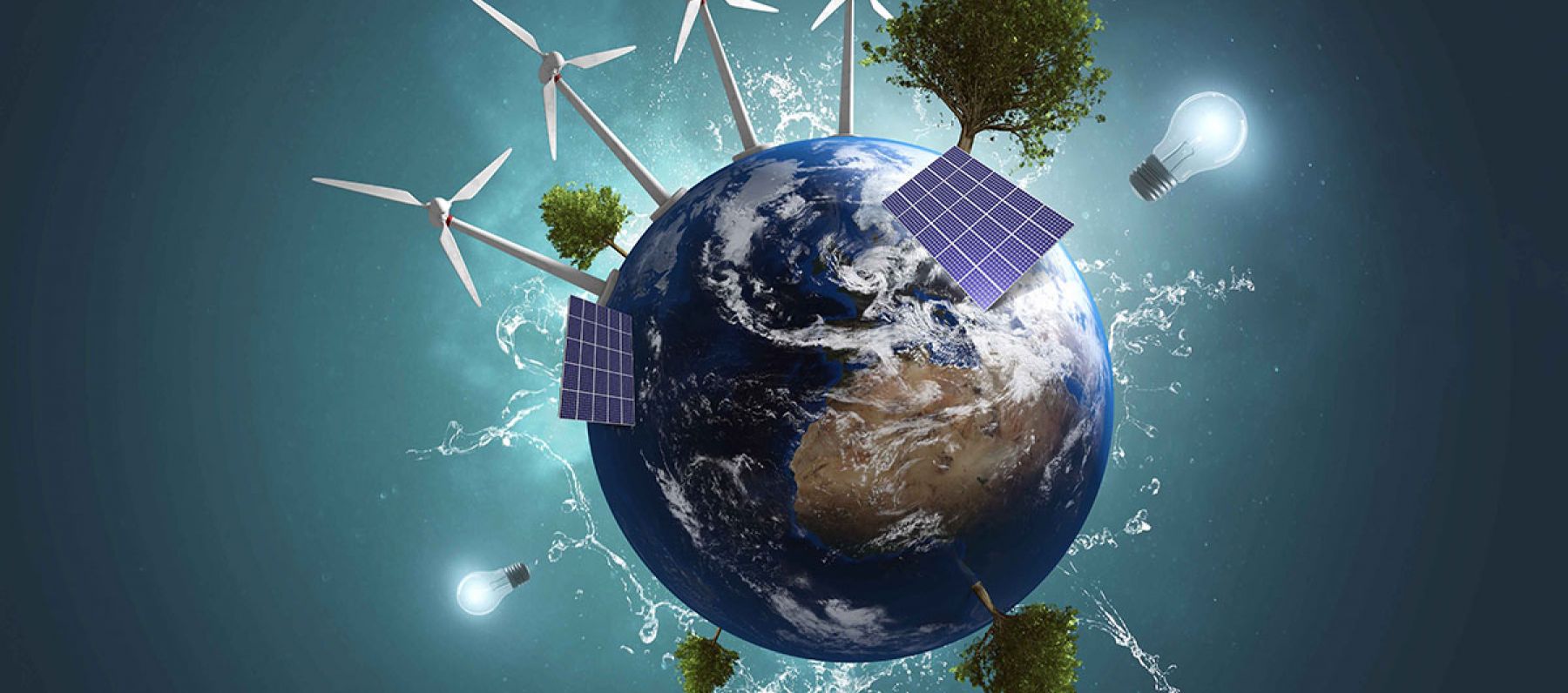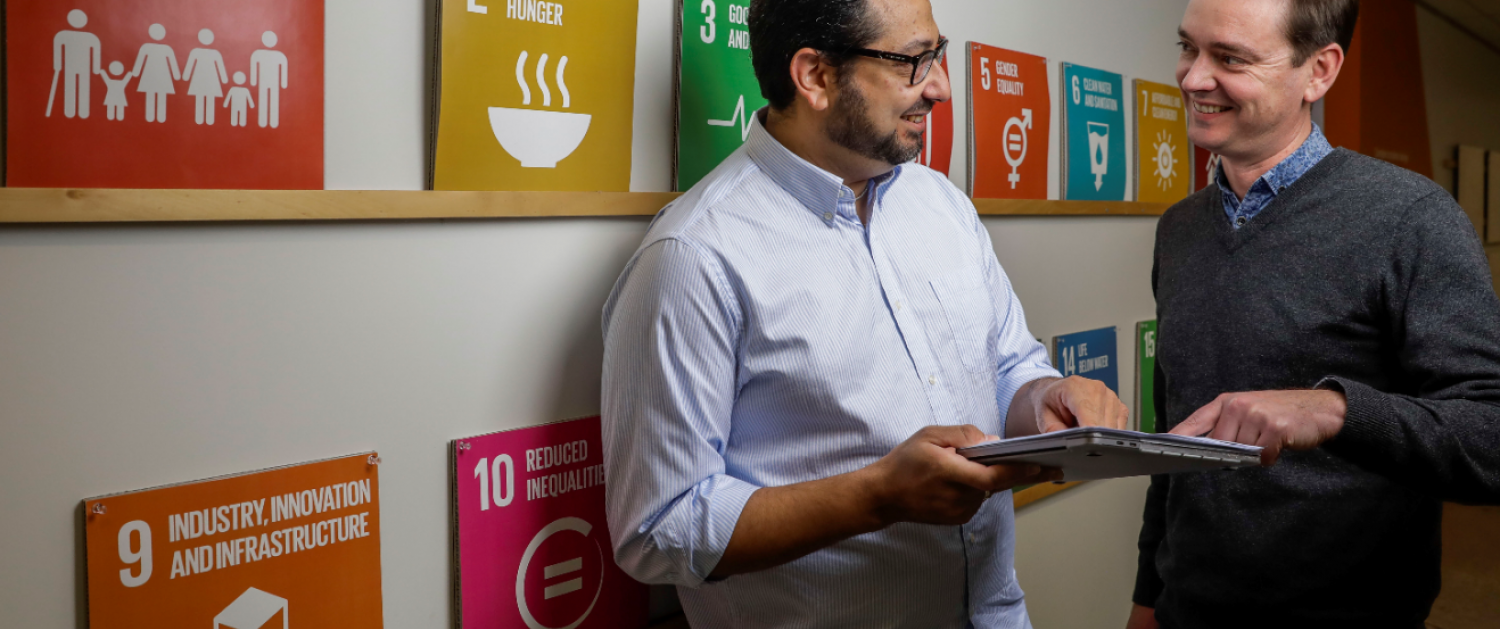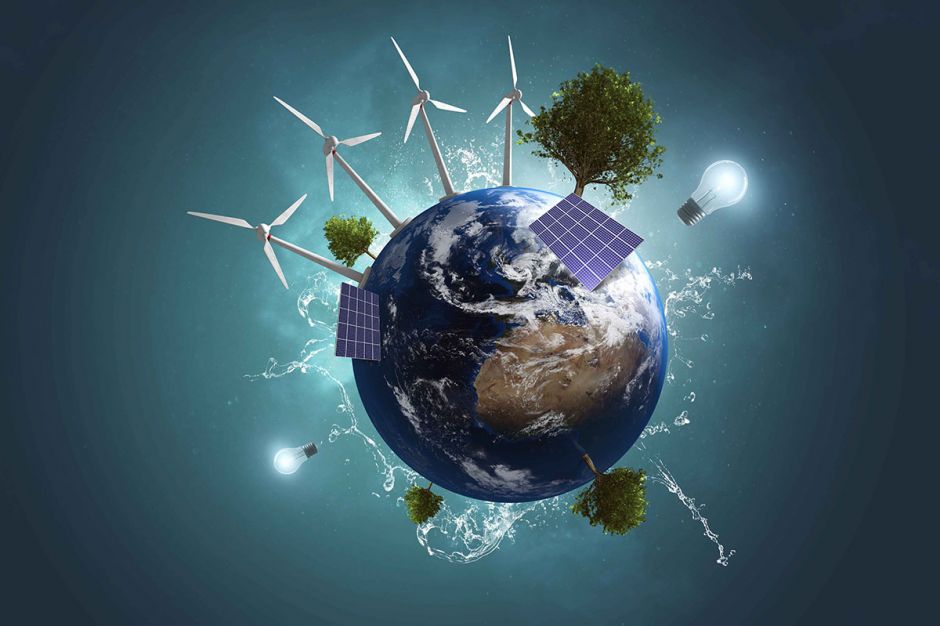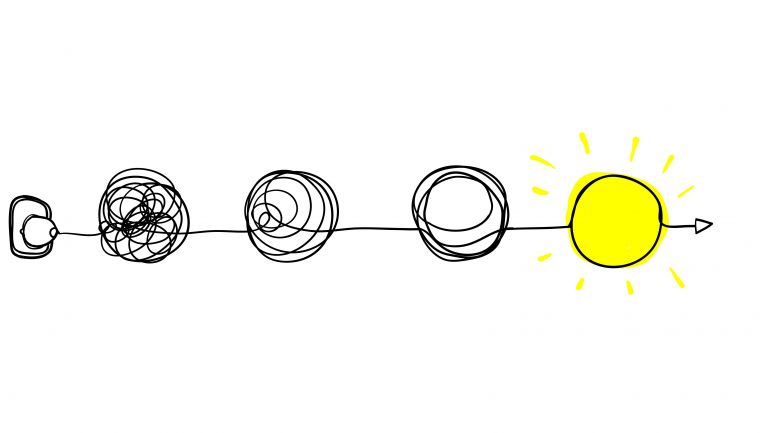Sign up for our monthly newsletter

Saving the world won't be easy (but we can do it).
Author: David Ireland
They are 17 goals that promise to transform the world, ensuring the future prosperity of both people and planet. Ending poverty, inequality and hunger. Tackling climate change and creating sustainable prosperity and strong civic institutions.
It all sounds pretty big.
But, perhaps improbably, the United Nations Sustainable Development Goals (and the challenge they represent for the world) are bigger even than most of us have so far realised.
Many working in this space continue to underestimate the challenge of the SDG agenda. Taken in the aggregate, the goals represent a task of unprecedented magnitude in human history.
And if we tackle the challenges they throw up using the methods we’ve used previously, we’ll have little chance of success.
The SDGs are many things. But as much as anything they are an innovation challenge.
I want to point out five of the key reasons why the SDGs represent such a colossal challenge.

1. The challenges are complex
Each SDG represents systems that comprise many independent entities from very small to very large. While each of the SDGs are complex in their own right, when taken together new dimensions of complexity form. These can be exacerbated by, for example, a lack of agreement on how to approach the goals. Our current methods do not have the capacity to address these challenges as overlapping complex systems.
2. The challenges are interconnected and interdependent
Each SDG is intricately inter-connected with phenomena related to other SDGs. There is an interplay and connectivity of inputs and outputs of these challenges that ought not to be tackled individually as subsystems. They cannot be reduced to non-interacting parts, and yet our current methods are likely to separate out the outcomes. Take, for example, SDG 1, eradicating poverty in all its forms. While ending poverty is will, among others, have a positive impact on addressing SDGs 10 (reduced inequalities) and 3 (Health and Wellbeing) it may potentially make addressing other SDGs, such as goal 7 (affordable and clean energy) and 2 (zero hunger) more difficult. Understanding how these challenges influence one another will be essential to designing and implementing sustainable and profound positive impact.

3. The challenges are of an enormous scale
The systems the SDGs represent operate at many levels of complexity, ranging from local, national and regional through to a global scale. The challenges are massive, which brings in a very important set of considerations to balance as part of any interventions. Interventions need to be meaningful at the ground level, but need to be pertinent also to the scale of the challenge. Current methods tend to be successful only when applied to local scales.
4. The challenges are simultaneously urgent and critical
Globally, systems are dynamic and changing at a rate that demands immediate attention and cannot be delayed. They represent challenges that threaten social cohesion, economic prosperity, and environmental sustainability. Our global governance systems are not equipped to deal with the rate of change and urgency that are inherent to the SDGs. The combination of the SDGs challenges poses critical questions regarding multi-generational wellbeing, and even the continued existence of our civilization as we know it.
5. The challenges are multi-player
Addressing the SDGs requires engagement and action from every sector: public sector, private sector, philanthropy, NGOs, civic societies, and stakeholders in global value chains. Currently our methods fall short of ensuring multi-stakeholder engagement.
WHAT WILL WORK, THEN?
There is ample evidence that even for a single SDG, the currently-available mitigations or solutions will fail to deliver sustainable outcomes.
For example, SDG 2 aims to achieve “zero hunger” and increasing food supply for projected population growth will be a huge challenge on its own.
But an attempt to tackle this challenge will also result in an increase in our footprint across carbon outputs, water use, and resource consumption at a time when we are simultaneously trying to achieve improvements towards SDG goals in these areas.
Our institutions have been designed using linear and reductionist methodologies and are not equipped to deal with these types of challenges.
To meet the SDGs we need new approaches that change our paradigms of thinking around the systemic relationships of the systems we collectively steward. Those new approaches must account for the interplay between the goals, creating transformative interventions across the goals rather than setting up trade-offs between them.
These drivers require serious innovation. Rather than use outdated methods we need to develop a set of approaches that are uniquely tuned to the nature of the challenges we are presented with.
For many of us the SDGs are the chance of a lifetime. A chance to make an impact. A chance for us to look back in years to come and say: ‘I helped achieve that’.
A chance for us to make decisions that ensure future generations have at least the opportunities that we have been afforded.
Thankfully, across the world, we have people and organisations who are beginning to do things differently.
We’ve got WWF Australia designing and rolling our several exciting projects, including using block chain technology to stamp out illegal fishing and slavery in the tuna industry.
We’ve got organisations like One Girl, providing critical education programs to girls in some of the worst places in the world to be born a girl.
In Australia, the ACT government has been busily transforming how we think about and address domestic and family violence.
In the vast majority of these cases, the big impact is coming from organisations that are partnering; partnering to leverage expertise, funding, and scale.
Like the Morris sisters, Jaine and Ashleigh who started and run The Circular Experiment, Australia’s leading circular economy company, helping organisation’s Australia wide understand and implement circular economy principles.
Or Stephen Choi, the Executive Director of the Living Future Institute of Australia. The Institute is connecting a powerful network of informed, influential, and active global citizens who are committed to redefining humanity’s relationships with the ecosystems we inhabit.
There’s Bruce Jeffrey from Dresden Optics, a glasses company not only disrupting the glasses industry but showing all product companies how to produce high quality products, with zero waste, made locally, and priced reasonably.
These are organisations that are either leading by example or providing support to other organisations in addressing the challenges underpinning the SDGs. And they do so with a spirit of breakthrough innovation.
There are examples popping up across Australia and the world, but we need so many more. The size and complexity of these goals demands it.
Dr David Ireland is the Chief Innovation Officer at ThinkPlace. This is an edited version of a speech he gave at the Banksia Ignite event as part of Vivid Sydney.






